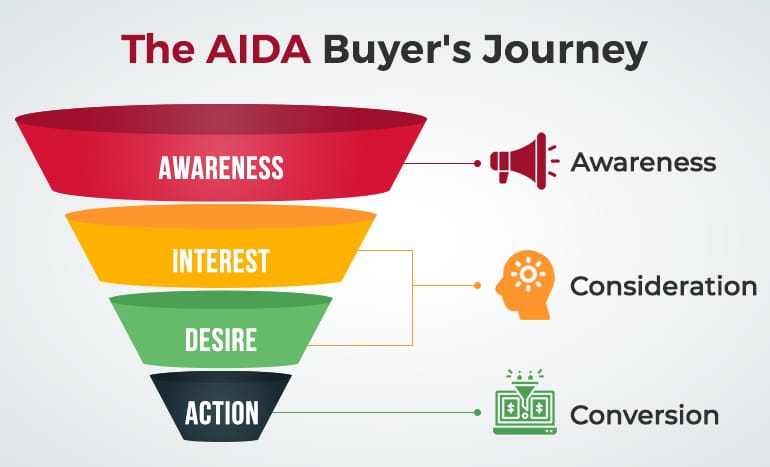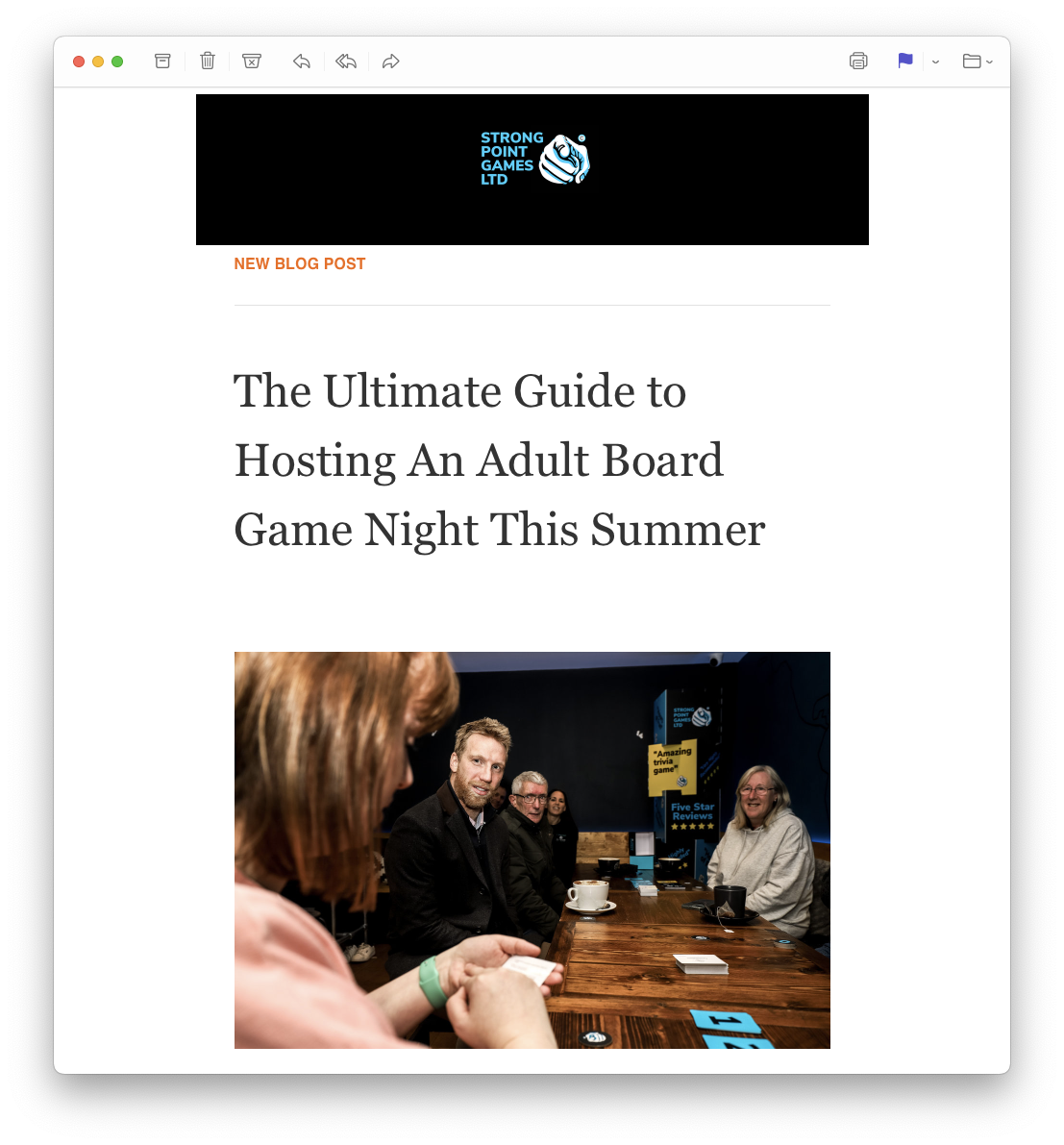10: A three-step marketing funnel for new businesses
If I were starting a new business, here's the simplest way I'd use digital marketing to grow it.

I spend a lot of time helping businesses of all shapes and sizes. Whether that's through formal teaching with marketers studying for apprenticeships or people trying to get a business off the ground, my work takes me across them all.
While there's no magical simple approach to marketing that will make you a millionaire - otherwise I'd be doing it and I'd have retired - I believe there's a very simple way of approaching business promotion online.
Funnel vision
To start, you need to define your funnel. These are the mental steps that people take on their journey from audience to customer. And hopefully beyond. The simplest version of one of these has four stages:
- Awareness
- Interest
- Decision
- Action
It's also known as the AIDA model. As ever, there have been several attempts to make these longer and more complicated, but I'm a big believer in making things as simple as possible to understand. Plus, if you're a business owner you're usually short on time (speaking from experience).
Here's the model in graphic form.

This shows that people go from discovering who you are (awareness), to comparing you to other providers (interest/desire), to purchasing/signing up (action). There's a streamlined version of awareness, consideration, conversion alongside it.
What does the funnel mean for my marketing?
As a business you need a plan for engaging with people at each stage of their journey. I see this as three things:
- Social media
- Website
Each of these channels needs a separate purpose that links to a stage of the funnel.
Social media
Social media isn't good for sales-based messages. You won't get engaged with if all you do is post "buy me" style posts. So pack it in.
Instead you want to use your social media account to either inform, educate, or entertain your audience. People aren't on social media to be sold to.
I've previously outlined one specific approach to social media that I've used with a cafe. I've been working on a much longer version of this on an on-and-off basis for the past two years now. One day I'll get it finished.
In summary, however, your social media should be interesting to people. And every business is interesting to someone.
- To inform people, tell them what your business is up to. No personal/lifestyle posts. Show your customers, your achievements, the achievements of your staff, people using your product. This is your everyday content.
- When educating, let them inside. We love people who tell us things we don't know. And we trust them more than we trust people who keep secrets. Show them how to use your products.
- Entertaining isn't about telling jokes. It's ensuring that your social media content has pictures and videos where appropriate, and it shows rather than telling. Give people a reason to stop scrolling.
Get this right and people know who you are. If you want to see some examples of how businesses are informing, educating, and entertaining on Instagram have a look at the highlights on my profile.
Hurray - that's awareness!
Website
Your website is the next stage of the funnel. If your social media content is useful and interesting, people will head to your website (ensure you've got this linked from your social profiles and that it works on mobile).
Once they've arrived, they should be able to find out what you do. A basic website only needs a couple of pages:
- Home
- About
- What you do
- Contact
You should also have testimonials and reviews somewhere if you have any. If not, start asking people who buy from you to leave some. These can be private, via email, or somewhere like Google. It doesn't matter, the only thing that's important is that you choose one platform. There's nothing worse than having 10 reviews spread out across several review sites - people won't look on them all, and it looks like you have fewer customers than you actually do.
Depending on your business, you may have a portfolio/previous work page. I've got one of these. It's fairly important in my line of work. For a direct to consumer business it's less so.
Your website should also have real photos of people using your products or services. No stock images. Customers can see through these easily.
When someone visits your site they want to know a few things:
- What is this company like?
- Do they solve the problem I have?
If they like what they see, and there's enough information to convince them you're a good solution, they may get in touch. Well done! That's a shorter funnel.
For those that don't immediately reach out, or those that take a bit more convincing, you need email marketing.
NB: Don't worry about SEO at this stage. Make sure your pages are informative and prove why you're an expert in your field, as well as making it easy to find out who's behind your business, and you've done enough for now.
Email marketing
I love email. It gives you an opportunity to send personalised messages to your audience, as well as getting hold of their information (which you can't do with social media). This is a pretty big show of interest.
Email marketing should follow the same approach as social media, with more emphasis on education. Here's a great example from Strong Point Games.

The email contains a short introduction to the article they want me to read and a link to the website to read it. The piece isn't sales-y. They understand their audience - board game fans - and have provided an in-depth piece that helps me plan out a board game night with my friends. They're telling me how to use their product.
There's also space to include information on new developments within the business, such as products and services, but these should always be useful to your audience. Don't use every email to sell or promote sales offers, as that's the quickest way to the bin. For most businesses, once a month is enough to send an email.
It can take a while, but eventually your emails continue being interesting to your audience and when the time comes to buy you'll be the first one they think of. And that's conversion.
Caveats
This is just an approach to online marketing at its simplest, and there are a ton of nuances depending on your sector and audience. You should also never pass up the opportunity for further awareness-raising offline or in other avenues - such as podcasts or interviews. But you'll often find that these opportunities appear from an engaging and useful social media presence.
You could also substitute social media for markets or advertising. The important thing is that you have a plan for each stage of the funnel. One of the mistakes I see businesses make is that they've focused so much on their email marketing and website, but have no way of attracting people to them. Or they build highly engaging and effective social presences but have no way of capturing interest beyond that (or, horror, their website doesn't work).




